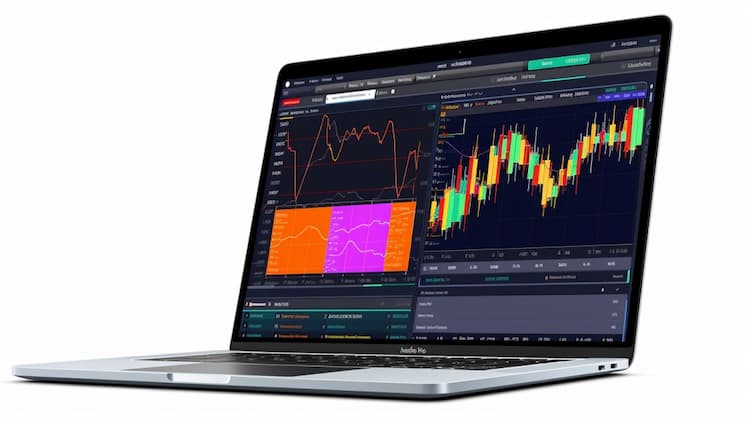
VOO VS QQQ
Exchange-Traded Funds (ETFs) have become increasingly popular among investors for their ability to provide exposure to various sectors and asset classes. In this article, we will conduct an in-depth comparison between two well-known ETFs: VOO (Vanguard S&P 500 ETF) and QQQ (Invesco QQQ Trust). We'll explore key aspects, including ETF tickers, full names, issuers, sectors, top holdings, capitalization, strategy, tracking, and exposure.
VOO VS QQQ: Overview
VOO and QQQ are both ETFs that offer exposure to the U.S. stock market, but they follow different indices. VOO tracks the S&P 500 index, which represents the largest 500 publicly traded companies in the United States. On the other hand, QQQ tracks the NASDAQ-100 index, which includes 100 of the largest non-financial companies listed on the NASDAQ stock exchange. Understanding these distinctions is crucial for investors looking to align their portfolios with specific market segments.
VOO VS QQQ: Sectors and Top Holdings
When considering the sectors and top holdings of these ETFs, differences emerge. VOO provides broad exposure to various sectors, including technology, healthcare, financials, and consumer discretionary. In contrast, QQQ has a more concentrated focus on the technology sector, with top holdings such as Apple, Microsoft, and Amazon. Investors should evaluate whether they prefer a diversified approach (VOO) or a tech-heavy one (QQQ) based on their risk tolerance and investment objectives.
 VOO overlap VOO VS QQQ
VOO overlap VOO VS QQQ
VOO VS QQQ: Capitalization and Strategy
Capitalization and investment strategy play significant roles in differentiating VOO and QQQ. VOO boasts a substantial asset under management (AUM), reflecting its popularity among investors seeking broad exposure to the U.S. stock market. QQQ, with its tech-centric focus, may exhibit different capitalization dynamics and performance characteristics. Investors must assess their risk appetite and investment goals when choosing between these two ETFs.
VOO VS QQQ: Tracking and Exposure
VOO's primary goal is to replicate the performance of the S&P 500 index, which includes large-cap U.S. stocks. On the other hand, QQQ tracks the NASDAQ-100 index, emphasizing technology and innovation. The tracking mechanisms and exposures are distinct, with VOO mirroring the broader market and QQQ focusing on a specific sector. Investors should carefully consider which ETF aligns better with their expectations and risk preferences.
Conclusion
In summary, VOO and QQQ offer unique approaches to investing in the U.S. stock market. VOO provides diversified exposure to a wide range of sectors and large-cap companies, making it suitable for conservative investors seeking stability. In contrast, QQQ concentrates on the technology sector and innovation, potentially offering higher growth potential but with added risk. To delve deeper into these ETFs' holdings, correlations, overlaps, and other insights, consider using ETF Insider, an accessible app that provides extensive details on various financial instruments.
Disclaimer: This article does not provide any investment advisory services.
VOO ETF issuer
VOO ETF official page
QQQ quote and analysis
Discover the top holdings, correlations, and overlaps of ETFs using our visualization tool.
Our app allows you to build and track your portfolio.
To learn more about the QQQ Invesco QQQ Trust, access our dedicated page now.





